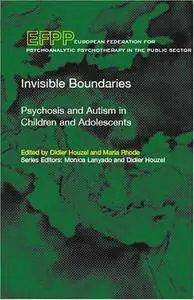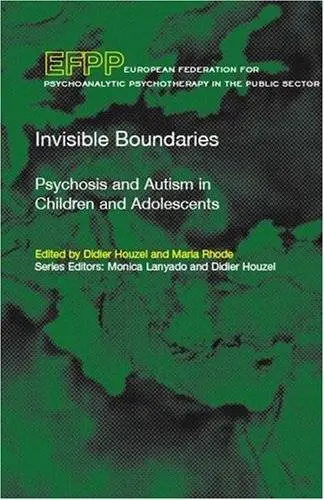Invisible Boundaries: Psychosis and Autism in Children and Adolescents by Didier Houzel and Maria Rhode
English | 2006 | ISBN: 1855753987 | 176 pages | PDF | 1 MB
English | 2006 | ISBN: 1855753987 | 176 pages | PDF | 1 MB
The chapters of this book, all written by experienced psychoanalytically oriented psychotherapists, address different aspects of the psychotherapeutic treatment with psychotic children or adolescents. This volume collects the main contributions to the fourth conference of the child and adolescent section of the EFPP, held in Caen, France in September 2001, on the general topic of "Psychotic Children and Adolescents and their Families."
Anne Alvarez's contribution reflects her long experience in treating autistic and psychotic children and adolescents, as well as her profound understanding of the relevance of recent developmental research to the understanding of psychopathology. Britta Blomberg draws on the treatment of two children with autism in her meticulous study of the development of the concepts of space and time and of the theory of mind. Julia Pestalozzi refers to the idea of psychotic functioning in adolescence–as proposed by Moses and Egle Laufer–that adolescents in a state of "psychotic functioning" have their body image profoundly split between the pregenital body image of childhood and the sexual body image of adolescence. In his contribution, Didier Houzel describes a very early splitting in autistic children between the male and female components of the containing object, which prevents the transformation of his/her sensory experiences into thinkable elements and, therefore, the construction of an inner world. Suzanne Maiello discusses Houzel's contribution in reference to her description of the prenatal experience of a sound object by the fetus. The volume ends with two "conversations" with senior clinicians. The work of both Geneviève Haag and Raymond Cahn is not widely translated into English. The publication of this volume is therefore a welcome opportunity to present aspects of their work to an English-speaking audience.
Contributors: Anne Alvarez, Britta Blomberg, Raymond Cahn, Geneviève Haag, Didier Houzel, Suzanne Maiello, Julia Pestalozzi, and Maria Rhode



